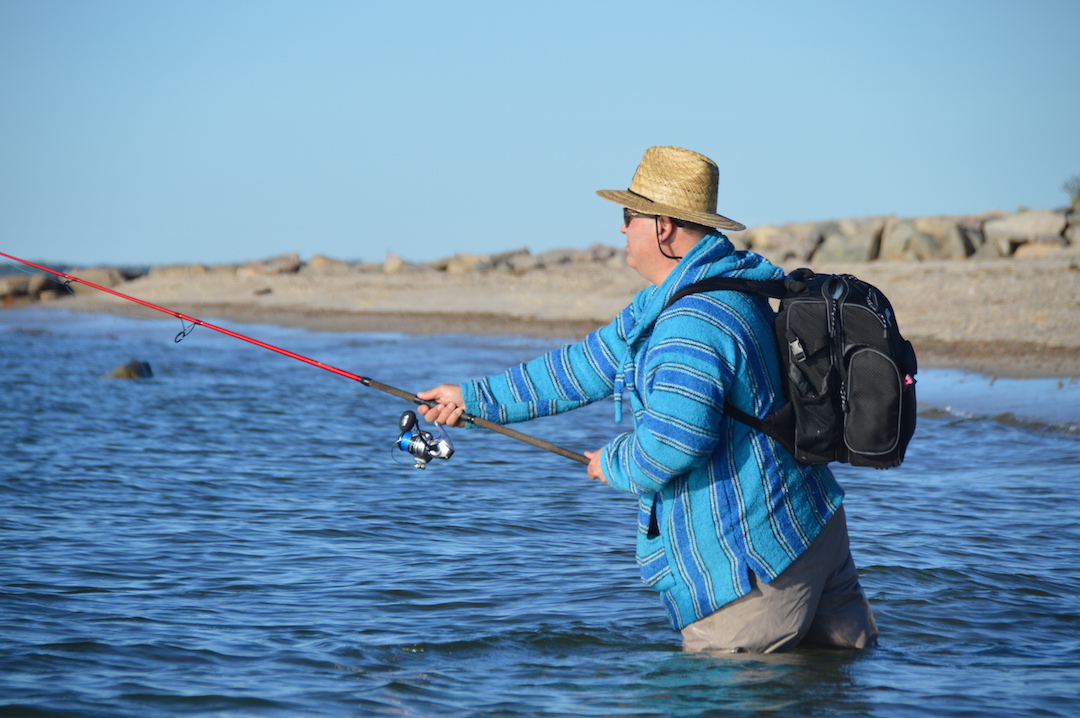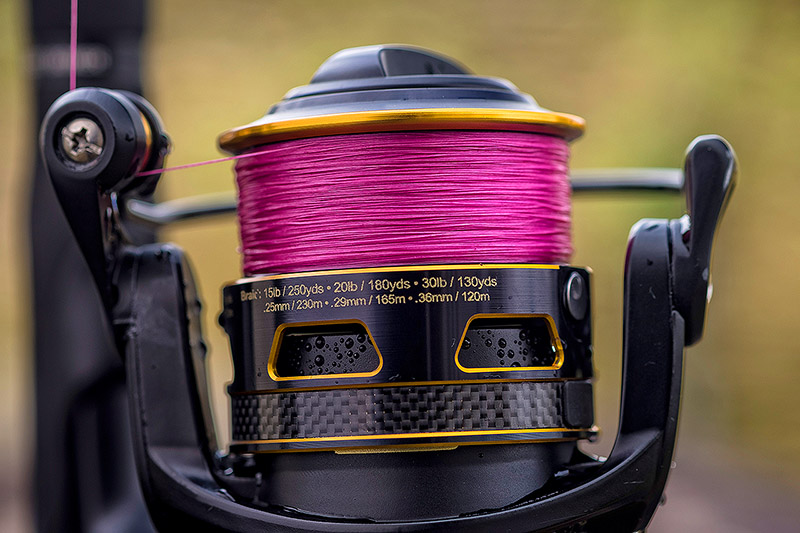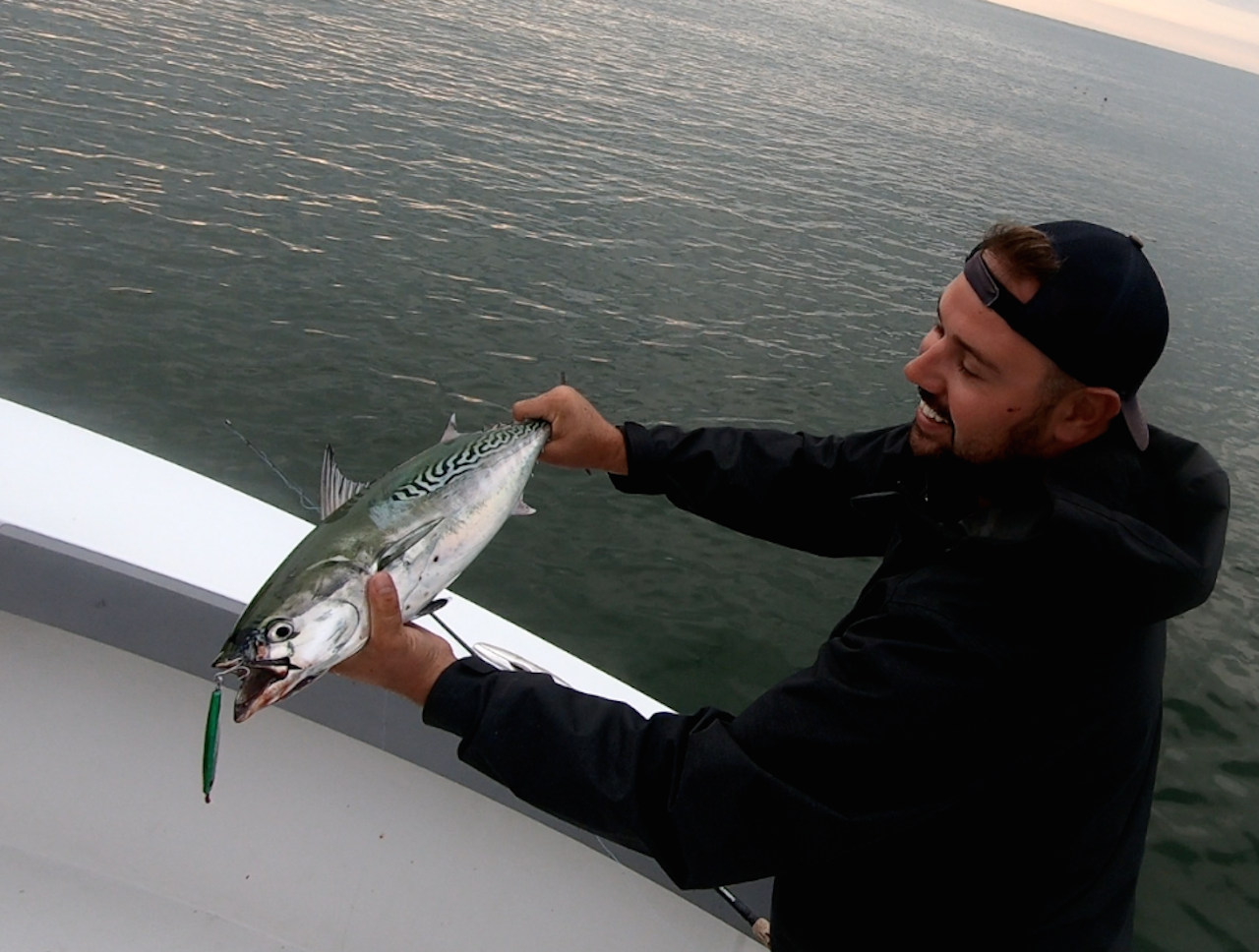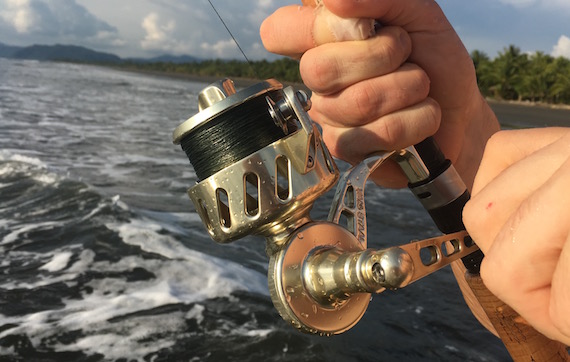Wind knots are a common issue that frustrate all levels of anglers. A wind knot refers to a tangle in the line that prevents casting and retrieving effectively.
Wind knots generally occur anytime you have line twist or loose line where the line going through the rod's tip is slower than the line coming out of the spool.
On a day perfect for fishing, wind knots can take a long time to untangle and end up spoiling all the fun. Not to mention, you might end up cutting a lot of line, which can cause line wastage.
Over the past few years inside the MFCC forum, quite a few members of My Fishing Cape Cod have posted their theories for what causes wind knots, as well as solutions for avoiding them.
There are various ways a wind knot can form, but here are 6 of the most common causes, along with their potential solutions. Nothing can get rid of wind knots 100%, but implementing these tips can certainly minimize their occurrence, so you can enjoy your day fishing without untangling your line continuously.
Special thanks to the following members who posted wind knot tips and advice that helped to create this blog post!
1) Not Casting Properly
Casting straight into the wind is the main reason wind knots form-hence the name "wind knot". Casting into the wind causes your lure, and the line behind it, to swiftly lose its speed, while the line that peels off the spool is still accelerating. This can result in a "line collision" and subsequent backlash.
Whenever you are fishing on a windy day, make sure to position yourself whenever possible so the wind is blowing from directly behind you. This helps to dodge any unwarranted line tangles and increase casting distance with the least amount of effort.

MFCC member Daniel Winkler casting in Brewster during this memorable trip from 2017.
If casting with the wind at your back is not possible, then try casting low and close to the water's surface.
A widespread misconception among numerous beginner anglers is that they need to use extreme force when casting. By casting with a lot of force, the line near the reel goes faster than the line at the top of the rod, causing the line to overlap and become tangled due to the line speed's inconsistency.
Remember that casting is all about using proper technique, not applying extreme force to the rod.
2) Over Spooling & Having an Uneven Line Lay
Over spooling is a mistake often made by beginners. Filling the spool up past the lip will cause the line coil to fall off and turn into a noodle-like consistency. Wind knots will be plentiful and you'll have no choice but to cut off the excess line.
To avoid situations like this from occurring, make sure you spool the line up to the capacity mark, which is generally marked on the reel. An easy method of determining if you have over spooled is to look behind the reel to see if the spool lip is visible; if it is, then you are good to go.

Pictured above is a perfectly spooled spinning reel with perfect line lay. Photo by Henry Gilbey.
Another issue occurs if you have an uneven line lay on the spool. Ensure that the line is laid evenly on the spool as you are filling it. Also be sure the line is laying even on the spool as you are fishing. If your line is more to one side than the other, then your line won't feed out evenly, which will eventually cause a wind knot.
Make adjustments to the washers on the shaft that the spool is sitting on to easily solve this issue. Hold the rod vertically to check if both sides of the spool look even.
3) Not Applying Enough Tension while Spooling or Retrieving
A fishing line that is spooled too loosely or too tight can create many issues, including of course wind knots. While casting, the braid's loose loops come off swiftly compared with the tighter coils around it, causing the line to tangle and overlap.
Having fluorocarbon and monofilament spooled loosely can cause the line to spring off the spool and make a bird's nest because of the line memory. Spooling the braid very tightly can cause the line to dig into the already spooled line on the spool. This makes casting difficult and might result in tangling of the line.

MFCC member Justin Demers with a nice albie caught during this 2019 trip. Getting a bird's nest or a wind knot when albies are busting around the boat can be aggravating!
Fluorocarbon and monofilament lines need to be spooled tighter than braid to stop them from springing off the spool. To avoid this issue, ensure that you have the correct type and size of line for the spinning reel you are using. Use a reasonable amount of force on the line to make sure that the line tension on the spool is even. It should not be too loose or too tight.
An easy way to maintain the proper amount of line tension is to pass the line through a wet cloth. However, don't run the line between your fingers since this can end in finger cuts or burns because of the friction. If you notice several slack lines during retrieval, use a finger or point the rod tip upwards to minimize the slack and uphold the line tension.
4) Not Using Lubricant
Having a high-quality fishing line lubricant helps reduce line friction and memory, which helps get rid of tangles and other line related issues. It can also help remove wind knots when they occur.
All you need to do is apply the lubricant onto your line before fishing. The older your fishing line is, the more critical it is to apply the lubricant.
5) Not Using the Best Quality Spinning Tackle Possible

When a spinning reel is cast, the bait or lure's weight pulls the line out of the spool to its target. High-quality spinning reels come with a wonderfully shaped spool lip that gives friction to feed out the line at a precise rate, which averts the possibility of any line tangles.
Spinning rods also play a vital role in avoiding wind knots. High-quality rods come with proper rod guides that can help the line pass through easily and avoid any tangles. A good quality fishing line is made to be resistant to abrasions, cast longer distances, and have better strength. It reduces the chance of wind knots because of its shape that reduces friction while passing through rod guides.
6) Not Manually Closing the Bail
According to captain Jason Colby of Little Sister Charters, there is no such thing as a “wind knot”! Jason likes to call it a “human error knot” and admits that we have all made the error.
According to Jay, what actually causes the knot is a loop (loose line) that gets laid down on the spool at the start of a retrieve. On the next cast, the loop (or section of loose line) comes off the spool before, or at the same time as the line above it.
That entire section then becomes your “wind knot”.
To prevent it from happening most of the time (nothing is 100% perfect) you need to close your bail MANUALLY, and at the same time make sure your line is tight in the roller.
This ensures that there is no extra line that can turn into a mess on your next cast.
In Conclusion
Although wind knots are incredibly annoying and can happen no matter how experienced you are, you can use the above tips to help avoid them as much as possible.
To join our conversation about wind knots, please click here to view the wind knot thread inside our private members' forum.
Tight lines!
Join the conversation
In the members' forum our discussion about wind knots has generated over 55 comments. Please click below if you have something to add to the conversation.


